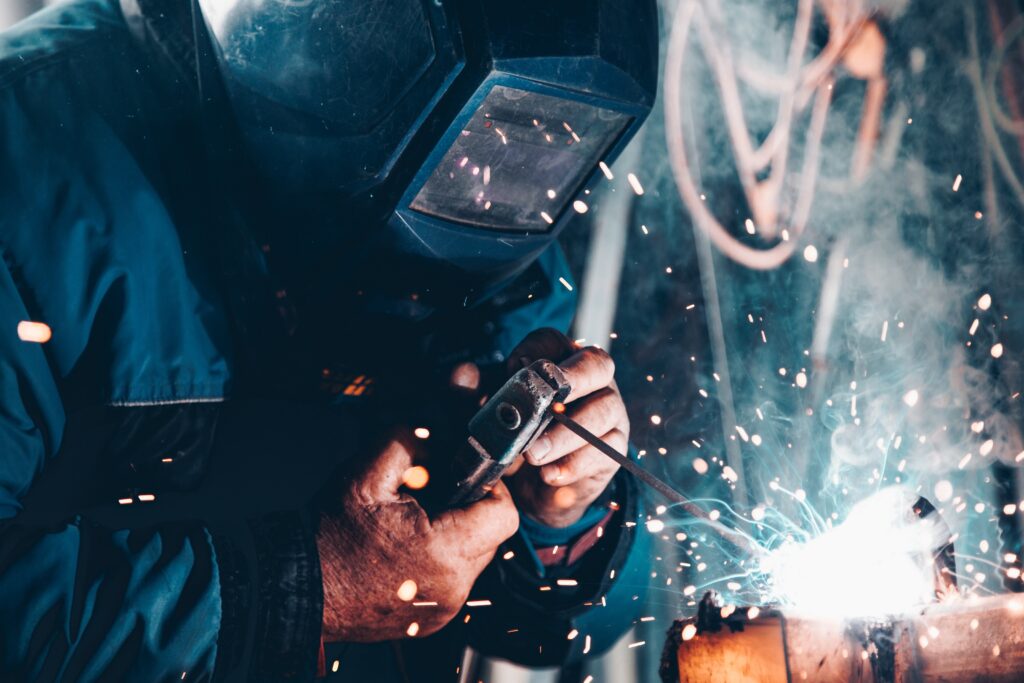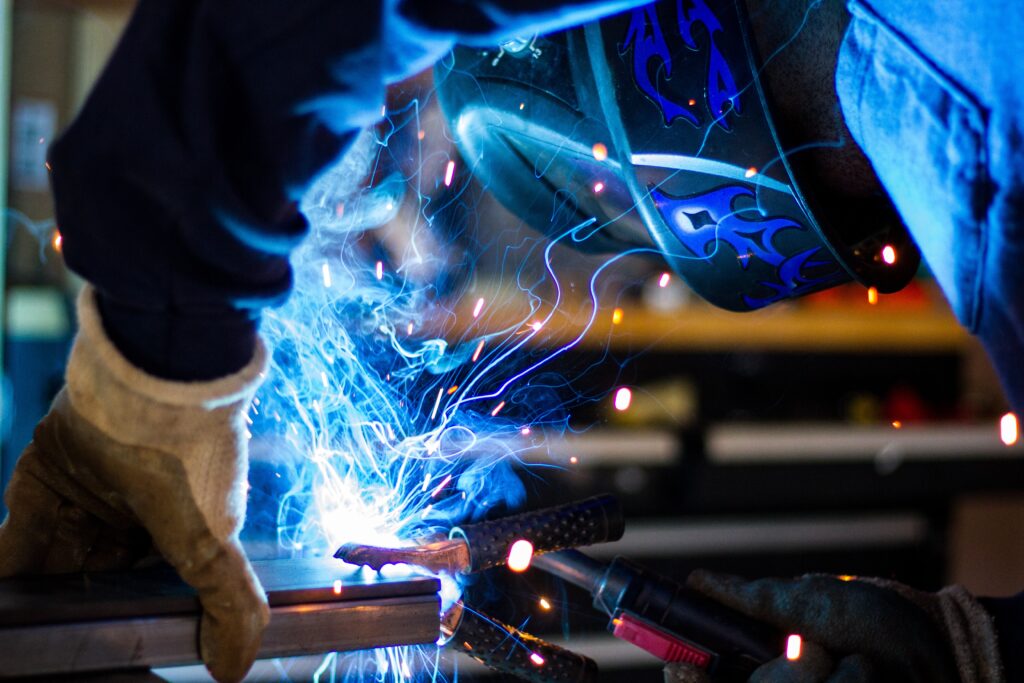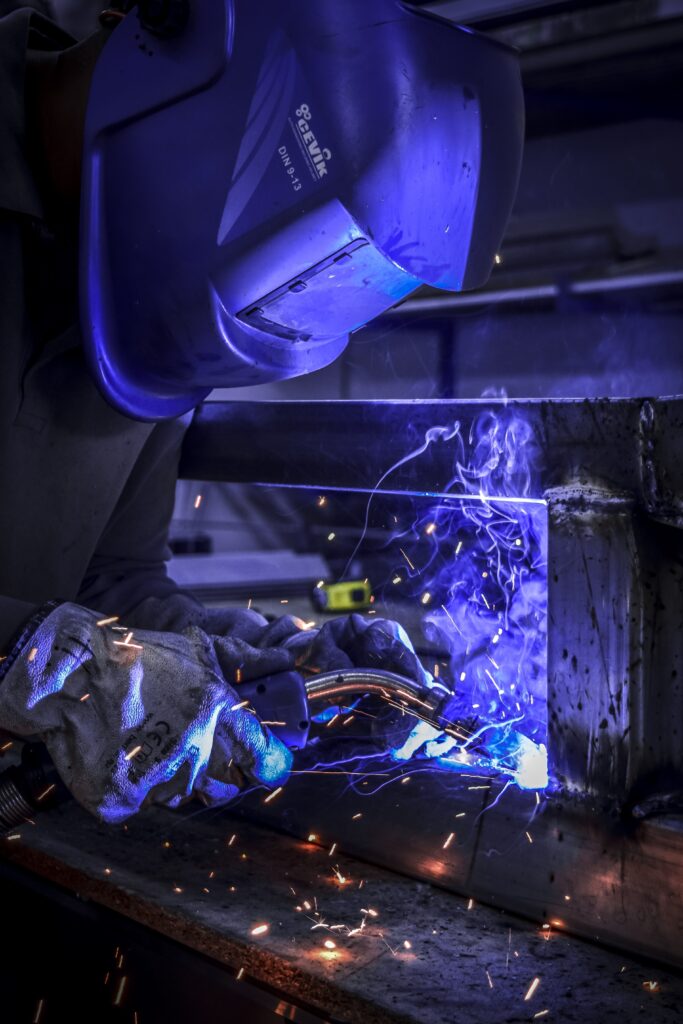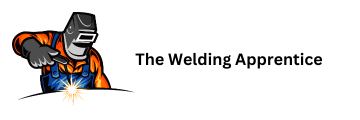You’re about to embark on an insightful journey through the intricate and captivating world of welding with the comprehensive guide, “What Does A Welder Need To Know?”. Brace yourself to gain an in-depth understanding of the world of a welder — from the essential skills, recommended safety precautions, to the subtle artistry that goes into each fusion. As you turn each page, be prepared to uncover the widespread applications of welding, its historical foundations, and its significance in various industries. Immerse yourself in the crux of creating sturdy bonds that stand the test of time and learn the secrets behind operating various welding equipment with precision. Here’s your golden ticket to mastering the art and science of welding, so strap on your safety goggles, and get ready to ignite the torch with confidence and skill!

Understanding Welding Basics
Welding is a practice that calls for immense knowledge of materials, their properties, and how to manipulate them in order to achieve the desired outcome. This section will take you through a beginner’s guide to welding basics.
Types of Welding Processes
There are various types of production methods you should be aware of in the realm of welding, including MIG (Metal Inert Gas), TIG (Tungsten Inert Gas), and stick welding, among a few others. Each method has its unique advantages and ideal uses.
Common Materials Used in Welding
As a welder, you’ll have to know how to adjust your techniques to match the required materials, which often differ depending on the desired end product. Some of the most frequently used materials include steel, aluminum, and stainless steel.
The Basics of Metallurgy
Metallurgy is the science that explores the physical and chemical behavior of metallic elements. It is core to welding as it deals with the properties of metals and how they react under different circumstances, such as when heated, cooled, or combined with other metals.
Understanding Welding Symbols and Blueprints
Interpreting blueprints and understanding welding symbols forms a critical part of welding. These are used to communicate specific details about the welding project like location, size, length, and the type of weld to be made.
Safety Practices In Welding
Safety is one of the most crucial factors in welding. As a welder, your safety and the safety of those around you should always be a priority.
Understanding the Important Safety Gears
Appropriate safety gear is essential to protect yourself from potential hazards associated with the welding process. This may include protective eyewear, gloves, safety boots, and welding aprons or suits.
The Potential Hazards and Risks Involved
Welding involves a fair deal of risk that ranges from burns and eye damage to more severe hazards like exposure to harmful gases and fumes. As such, awareness and mitigation of these risks is crucial.
First Aid Measures in Case of Accidents
In the event of an accident, having basic first aid knowledge is a lifesaver. Knowing how to quickly and effectively respond to burns, cuts, and inhalation of toxic fumes can mean the difference between a minor injury and a medical emergency.
Workplace Hygiene Practices
Maintaining hygiene in the workplace can contribute significantly to minimizing health risks. From ventilation to waste disposal, clean and well-maintained work environments play a key role in safety.

Welding Tools and Equipment
Having the right tools and understanding how to use them without causing harm to you or others is another vital skill you should master.
Basic Welding Tools and Their Uses
There are several tools that are essential in the welding process, including welding machines, electrodes, clamps, and angle grinders. Each tool has a specific role and required handling knowledge.
Welding Equipment Maintenance
Regular maintenance of your welding equipment ensures that they are always in good condition and reduces the chances of on-the-job accidents. This includes cleaning and inspecting your tools regularly, and replacing or repairing any worn-out components.
Choosing the Right Tool for Specific Welding Tasks
Matching the right tool to the correct task enhances the quality of work and decreases the chances of mishaps. For example, MIG welding might be ideal for thicker, more robust materials, while TIG welding might be better for thinner, more delicate ones.
Understanding the Proper Use of Welding Equipment
Proper usage of welding equipment not only ensures safety but also enhances the reliability of the finished product. That means you have to understand every single utility on the welding tool and how to efficiently employ it.
Reading and Interpreting Blueprints
As a welder, one of your tasks will be to bring the imagination of designers and engineers to life, and that starts with understanding how to read and interpret blueprints.
Blueprint Reading Basics
Simply put, blueprints are a set of technical drawings that provide the specific details of the finished product. They use symbolic representation to give the instructions, which involves the mastery of the symbols and abbreviations used.
Interpreting Welding Symbols
Welding symbols help understand what type of weld is required and where it needs to be located. This can be complex as there are many symbols each giving specific instructions or details about a weld.
Understanding Geometric Dimensions and Tolerances
Understanding geometric dimensions and tolerances ensure precision in the welding process. This knowledge helps in interpreting the blueprints correctly and delivering a top-quality product as per the specifications.
Following Sequence of Operations from Blueprints
Blueprints not only provide design and dimensional details but also dictate the sequence of operations to be followed. Adhering to this sequence is essential to achieve the desired result— a well-made, quality product.

Physics and Chemistry of Welding
Welding is more than just sticking metals together; it involves a deep understanding of the science behind the processes to ensure quality welding.
Science Behind Welding
At the core of welding lies the principles of physics and chemistry. These scientific principles help create and maintain the electric arc, and create the temperatures required for melting and joining materials.
Effect of Temperature and Pressure on Welding
Temperature and pressure have a significant effect on the welding process. Different metals have different melting points, and understanding this will help you control the temperature effectively. Similarly, varying the pressure can influence the depth and quality of the weld.
Chemical Reactions During Welding
Various chemical reactions occur during the welding process, influenced by factors such as temperature, pressure, and the metals in use. Understanding these reactions can help control the quality and properties of the weld.
Heat Transfer and Cooling in Welding
Heat management is a crucial part of welding. The transfer of heat and cooling rate can impact the strength and quality of the final weld joint.
Welding Quality Control and Assurance
Quality control and assurance play a significant role in welding. They ensure that all welds adhere to the required standards and regulations.
Understanding Welding Defects
By comprehending common welding defects like porosity, incomplete fusion, and undercutting, you can take steps to avoid them. This will result in a more efficient welding process and a higher quality end-result.
Methods of Testing and Inspection in Welding
Various methods like visual inspection, destructive testing, and non-destructive testing, are used for analyzing the quality of welds. Knowing these methods will help you maintain consistent quality in your work.
Welder’s Role in Quality Control
As a welder, you will play a crucial role in ensuring the quality of the final product. This includes following all steps and procedures correctly, adhering to standards, and carrying out necessary checks and inspections.
Impacts of Substandard Welding
Substandard welding can have significant impacts, including safety hazards, legal or financial implications, and damage to the reputation of the company. Understanding these consequences will drive you towards impeccable welding practices.
Advanced Welding Technologies
Keeping up to date with the latest technologies in welding can make your work efficient, precise, and open doors to new opportunities.
Robotics in Welding
Automation and robotics are becoming increasingly prevalent in the welding industry. They deliver high-speed, efficient, and repetitive tasks in controlled environments and are an exciting avenue to explore.
Computer-Aided Design and Welding
Computer-aided design (CAD) is used to create precise blueprints that contribute to higher welding accuracy. In some cases, these designs can be directly interfaced with automated welding equipment for an efficient manufacturing process.
Understanding Laser and Electron Beam Welding
Newer welding technologies like laser and electron beam welding provide high precision, deep penetration, and require minimal heat input. These technologies can accommodate a variety of materials and have diverse applications.
Knowledge About Underwater and Space Welding
Unconventional environments like underwater and space offer unique challenges that require specialized welding techniques. Understanding these methods provides an edge in your welding career and enlarges your skillset.
Professional and Ethical Responsibilities
Like any other profession, welding comes with its set of professional and ethical responsibilities. Upholding these principles is essential to maintain the integrity and credibility of your work.
Understanding Professional Welding Standards
Adherence to professional welding standards promotes safety, efficiency, and quality. These include technical standards of the process and broader occupational health and safety standards.
Role of a Welder in a Team
As a welder, you may often work as part of a team. Your role will include collaborating with others, sharing responsibilities, and adhering to work schedules. Cooperation and effective communication are key to team success.
Ethical Considerations in Welding
Ethical considerations in welding may include practicing honesty in your work, maintaining professional competence, and giving due regard to the safety and wellbeing of others. Observance of these principles forms a foundation for trust and respect in your professional relationships.
Maintaining Professional Advancement and Education
Continual learning and upgrading your skills are necessary in the ever-evolving field of welding. This may include engaging in professional development activities, pursuing further qualifications, or keeping up-to-date with industry advances.
Tools for Arc Welding
Arc welding is a common welding process that uses an electric arc to melt the work materials. Proficiency in using the tools involved in this process is an important asset for welders.
Hands-On Experience With Arc Welding Tools
Hands-on experience gives you practical knowledge in setting up the equipment, adjusting the settings, and performing the weld. It also helps you gain proficiency in handling and maintaining the tools involved in arc welding.
Material Preparation and Setting for Arc Welding
Material preparation involves cleaning the surfaces to be welded and setting them in the proper position. Correct setting and alignment of the workpieces are critical for achieving a high-quality weld.
Solving Common Arc Welding Problems
In your welding journey, you’re likely to face issues like irregular arc, poor weld penetration, or weld spatter. Gaining the ability to troubleshoot these problems is vital to becoming an efficient welder.
Maintenance of Arc Welding Tools
Proper maintenance keeps your welding tools in good working condition and extends their lifespan. This usually involves regular cleaning, inspection and replacement of worn-out parts.
Creating Welding Procedure Specifications
Welding procedure specifications (WPS) are detailed documents that provide the instructions to be followed in producing a weld. They are a critical aspect of quality control in welding.
Definition and Components of Welding Procedure Specifications
Welding Procedure Specifications provide a clear guide on how to execute welding tasks in order to achieve a quality product. The key components include the type of weld, the materials to be used, the welding process, and other detailed procedural instructions.
Testing and Qualifying Weld Procedures
Before a welding procedure can be used in production, it must be tested and qualified to ensure that it can produce a quality weld. This involves performing a weld according to the specified procedure, and then testing and inspecting the resulting weld to verify its quality.
Roles and Responsibilities of a Welder in Process Documentation
A welder has the critical responsibility of adhering to the specified welding procedures and documenting the process as required. This documentation serves as a record of the steps taken and the results achieved, and is essential for quality control.
Real-World Application of Welding Procedure Specifications
In the real world, WPS are used to ensure consistency and quality in welding operations across various industries. They facilitate communication between engineers, welders, and inspectors, and ensure that everyone is on the same page regarding the welding process.
In the end, welding is a complex process that requires a combination of extensive knowledge, skills, and safety practices. As you continue on your journey towards achieving mastery in welding, remember to always stay safe, maintain your equipment, and stay updated with the latest technologies and practices in the industry.
